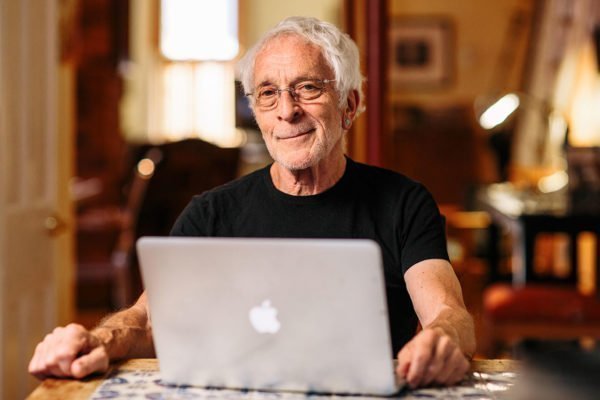

I will start this post with this: If you are a creative nonfiction writer we want to see your work at Current. Maybe this piece by Eric Bennet at The Chronicle of Higher Education will inspire you to send us a pitch:
Here is a taste:
[Lee] Gutkind recounts a faculty meeting at Pitt in the 1970s at which a student petitioned the English department to run courses in the New Journalism, then fashionable. A professor in opposition held aloft works of canonical American literature, extolling their virtues before slamming them down. Until students could “read all of these books and learn to appreciate and understand them,” Gutkind ventriloquizes, “this department should never support such lightweight and insignificant work as what you think you are calling writing that is ‘new’ in journalism or nonfiction.” In that moment, Gutkind the pugilist was born. “I stood up and stomped a cleated boot down hard on the … floor to get more attention” and demanded that the colleague tell him “what stuff he had ever written that real people — nonacademics — could appreciate and understand.” Unreal people were put on notice.
The New Journalism laid the groundwork for the institutional rise of creative nonfiction. Tom Wolfe claimed the term by co-editing its first anthology (The New Journalism), in 1973. Wolfe wrote the introduction, which made big claims: The novel was moribund; the future of literature belonged to lone observers with audacious style, not stuffy newsroom guys. For at least a decade, he and the like-minded had been handling journalism like fiction in the pages of the New York Herald Tribune and Esquire. New Journalists started from scenes, not facts. They evoked characters through dialogue, not summary. They infused observations with the distinct flavor of the observing mind. Stars included Gay Talese, who applied it to celebrity profiles, Michael Herr, who applied it to the Vietnam War, Norman Mailer, who applied it to Norman Mailer, and Joan Didion, whom people still read.
Long before the anthology appeared, Gutkind devoured Wolfe’s “The Kandy-Kolored Tangerine-Flake Streamline Baby” when it ran in Esquire. He read the other New Journalists, too, and saw that nonfiction writing could be vivid, personal, topical, and literary all at once. Wolfe’s and Hunter S. Thompson’s portraits of the Hell’s Angels primed audiences for Gutkind’s first book, Bike Fever: On Motorcycle Culture (1973). Gutkind’s later subjects would include baseball, mental health, health care, robotics, and (for 30 years and counting) writing. By the 1990s, he embodied a generational shift. Creative nonfiction emerged from the New Journalism as yuppie emerged from hippie.
In its heyday, the New Journalism heralded revolution. Mainstream journalism was failing to capture the violent and surreal fever of the 1960s. The major papers, convinced of their objectivity, fostered distortion and corruption, and were staffed by people who cozied up to the Cold War establishment and declined to hire women or Black journalists. The reigning white guys seemed neutral and professional until you opened your eyes and looked around. The New Journalists believed that you couldn’t understand what you were reading about unless you knew who was writing, and that only a situated account could do justice to a complex situation. If they broke rules, it was because the rule-breaking was essential. A lack of obscenity, in times of obscenity, is obscene.
Lots of people embraced the dissident movement. Notable others — and not just racist governors and masters of war — found it hard to take. In his essay “Tiny Mummies!” Wolfe lampooned The New Yorker, playing loose with facts for effect. Dwight Macdonald came to the defense of the magazine, playing tight with facts. The clash dimmed Wolfe’s rising star for a minute and a half. It made Macdonald, an intellectual titan of a fading generation, appear geriatric and priggish in a way that still hasn’t quite worn off.
Read the entire piece here. Warning: It is behind the Chronicle’s paywall.